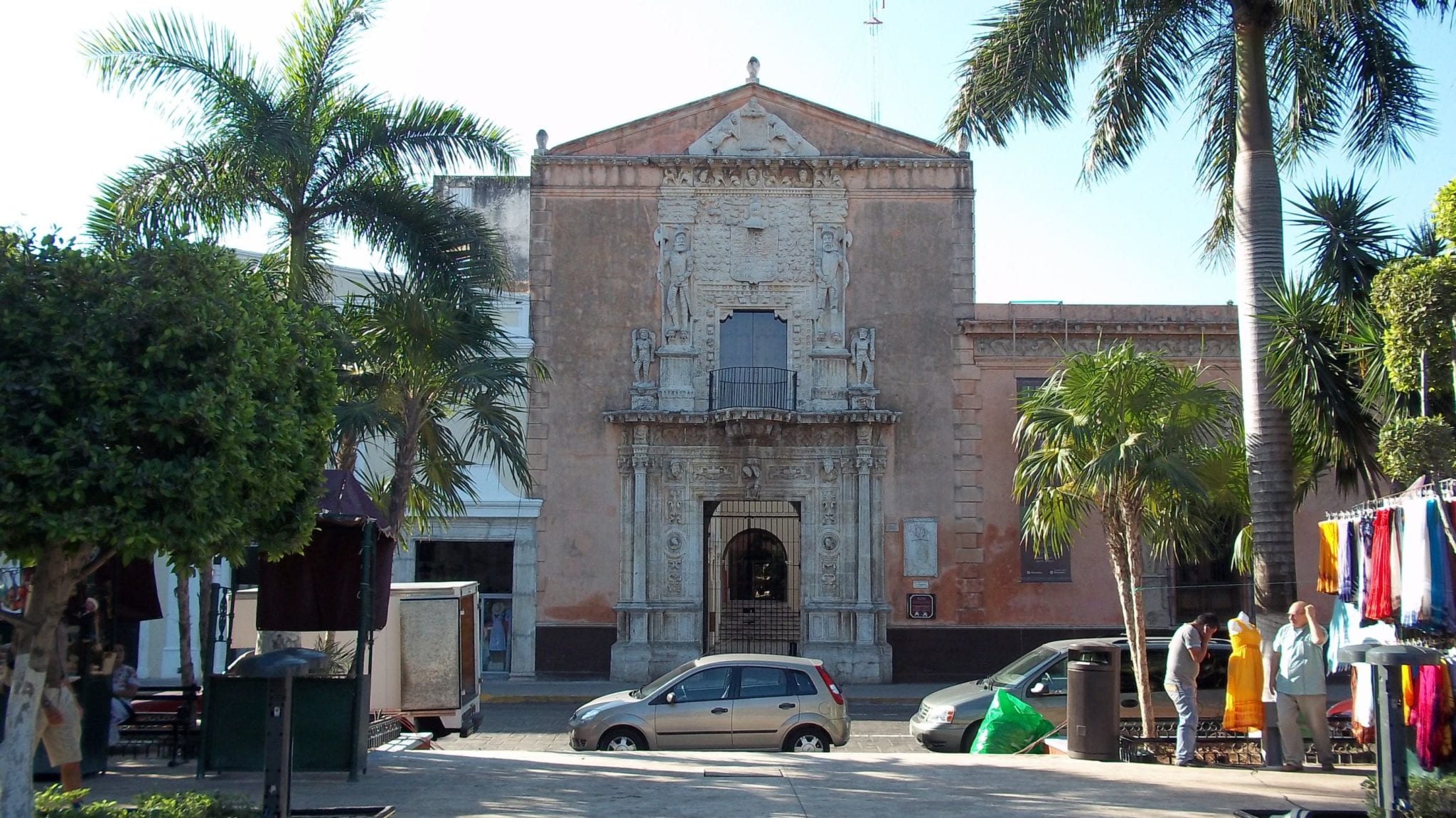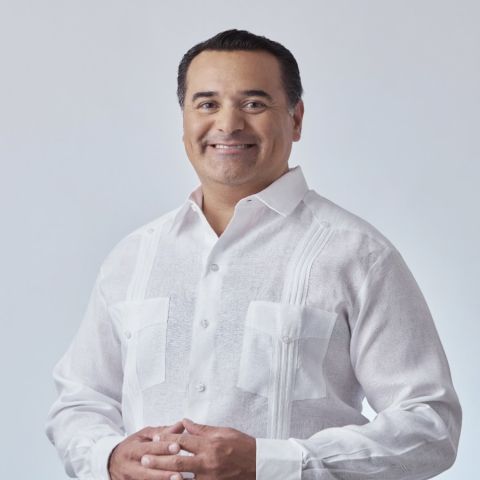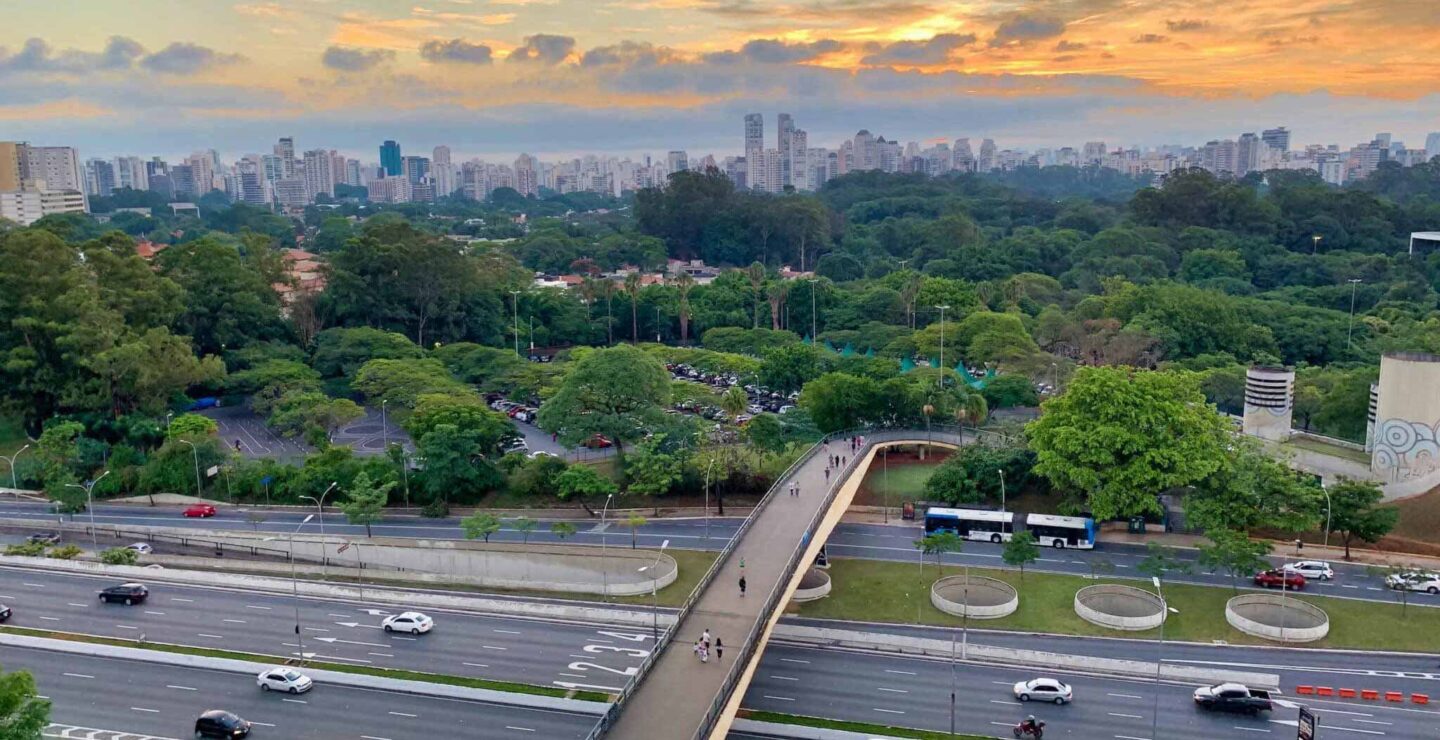The city of Mérida has promoted policies that explore innovative routes to enhance forest conservation, mainly through actions established within the local Green Infrastructure Plan. The city was the first in Mexico to develop an urban trees inventory. Mérida also developed an app (Arbol MID) that locals can use to identify and learn more about endemic tree species in public spaces, aiming to raise awareness on the benefits provided by the city’s more than 2 million trees. Following on its commitment of increasing tree cover throughout the urban area, the city reached its goal of planting over 100,000 trees. A special department has been created within the government structure to address tree management and follow up on tree planting. Furthermore, the city is currently promoting a large-scale green infrastructure project on the western side of the city, where the public space network known as Ya’xtal has been remodeled. This project adds to the local sustainability strategy, for which the main component is the Cuxtal Ecological Reserve. This is an important site for biodiversity conservation as the existing species guarantee the functional integrity of the local ecosystem. Mérida and Cities4Forests are exploring the feasibility of a sustainable drainage system that seeks to improve bio-retention areas and drainage works and recharge the local aquifer while increasing and improving public spaces by incorporating green infrastructure elements. The partners are developing robust financial plans to secure funding for the program and expect to cover the costs of these activities through a mixture of federal and state government resources, while also exploring innovative options to blend in private capital. In parallel, the municipal government is identifying permitting requirements and selecting sites. This effort builds upon the city’s partnership with Cities4Forests using i-Tree Eco tools to closely monitor the carbon value of current green infrastructure.
Story
Read More














